John Hurrell – 12 July, 2016
Displayed in the K' Rd end of the Anthony Gallery, there are two types of work, both using the same thin cotton on stretchers, but treating it in different ways. One batch of stretched ‘drawings' celebrates dipping and diving rhythms, undulating and floating arabesques where he has gently loosened apart and separated the weft and warp threads, so that some woven squares in the grid are loose like floppy netting, and others are tight, ‘whiter' and densely compacted: they overall make wavy patterns and play with troughs and crests.
John Ward Knox here presents a suite of works that show his interest in drawing and viewer perception without involving paint or ink or even graphite. Gauzy cotton muslin (or silk) is presented on stretchers and manipulated by the artist, resulting in a finely delicate screen where you have to get quite close, and perhaps have a dark background behind the work, and good light, to get any inkling of Ward Knox’s activity or motivations. As ‘ drawings’ they fit into a linear (and shape-oriented) category established by artists like Jacqueline Fraser, Pip Culbert, Markus Raetz, Mike Parr and Tony Cragg.
Displayed in the K’ Rd end of the Anthony Gallery, there are two types of work, both using the same thin cotton on stretchers, but treating it in different ways. One batch of stretched ‘drawings’ celebrates dipping and diving rhythms, undulating and floating arabesques where he has gently loosened apart and separated the weft and warp threads, so that some woven squares in the grid are loose like floppy netting, and others are tight, ‘whiter’ and densely compacted: they overall make wavy patterns and play with troughs and crests.
The finer weaved works (sometimes on silk), on the other hand, usually present a couple of perfectly rendered ripples drawn foreshortened in a pond or puddle, but with such a pristine finish and restraint you wonder what the point might be - because they are hard to see, depending on the position of the light. The austerity of the image is unnerving. It seems almost too simple, too understated. Even sterile.
Technically these representational images seem to also involve unstitching or contracting threads, although I wonder if (here I’m guessing) some form of additive cotton stitching that merges with the original sheer fabric is also involved. Their restrained (subtle) composition means that they don’t have the immediate impact of the more wholistic wavy works which have variation overall in texture and pattern. The ‘ripples’ rely on the mystery of their technique and could be dismissed as facile, but they might be haunting if you spent serious time with them in natural light - even memorable in a mystical evanescent sense.
These works (which could be about light waves themselves) are incredibly hard to photograph. The in situ shots taken in the gallery with white walls don’t convey the works effectively, so extra images with grey backgrounds have been supplied. They are much more informative.
Visitors will note that it is extremely interesting having the John Ward Knox show juxtaposed with that of Patrick Lundberg down the corridor, as both exhibits exploit the presence of intricate materials, physical distance, white walls that befuddle, light and perception. Both shows have finely delicate components as foils to coarser, more wholistic aspects.
Yet the two artists are clearly very different. Ward Knox loves the planar, embodied by the projecting stretcher or taut picture plane of an intricate drawing on paper, whereas Lundberg likes groups of (or single) discrete, non rectangular, objects that are flush, or optically merge, with the wall. Both explorative artists are traditional and radical in quite distinct and very separate ways.
John Hurrell

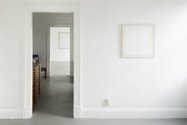
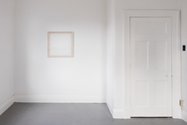
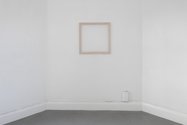
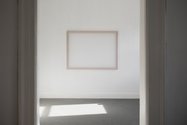
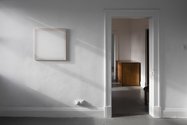
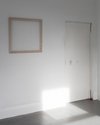
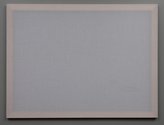

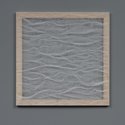
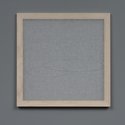
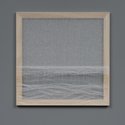
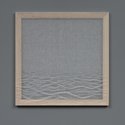
 Advertising in this column
Advertising in this column Two Rooms presents a program of residencies and projects
Two Rooms presents a program of residencies and projects



This Discussion has 0 comments.
Comment
Participate
Register to Participate.
Sign in
Sign in to an existing account.